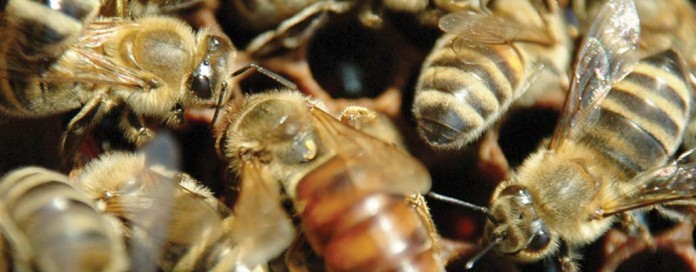When you think of bees, you usually think of honey, stinging and hives.
With summer here and flowers in bloom, chances are you’ll probably see some bees out collecting pollen. But what happens after they are done for the day?
Many bees will go back to the comfort of their hive and be greeted by their hive-mates, but not all of them.
Lone bees
Some bees don’t have a hive to call their home. Typically their home consists of a hollow twig, holes in wood or tunnels dug into the ground. These lone bees are called ‘solitary bees’ and just because they don’t have a big family doesn’t mean they don’t have a big impact on pollination.
Solitary bees make up a huge percent of the bee population.
There are a few different types of solitary bees that are common such as carpenter bees, mason bees and leafcutter bees.
You can typically tell what specie the bee is just by looking at its home. Leafcutter bees, as the name implies, cut up pieces of leaves to seal the entrance and protect their nest. Like little woodworkers, carpenter bees drill their homes into wood. Mason bees create a mud wall to seal off their abode, as if laying down mortar.
Bee keeping
Interested in bee keeping but don’t have the space or the time to manage a hive? Solitary bees can help. While they won’t provide you with honey, they will provide pollination for your plants and the satisfaction of knowing you are helping the environment.
Raising these types of bees is fun and requires little to no effort. Bees will naturally seek out small holes, so drilling holes into a section of small log or piece of lumber will attract them to your garden or backyard.
Bricks also make a great space for the lonely bee. You can find premade ‘bee hotels’ at farm supply stores and online for purchase as well.
Consider the addition of a solitary bee hotel to your garden this season!













